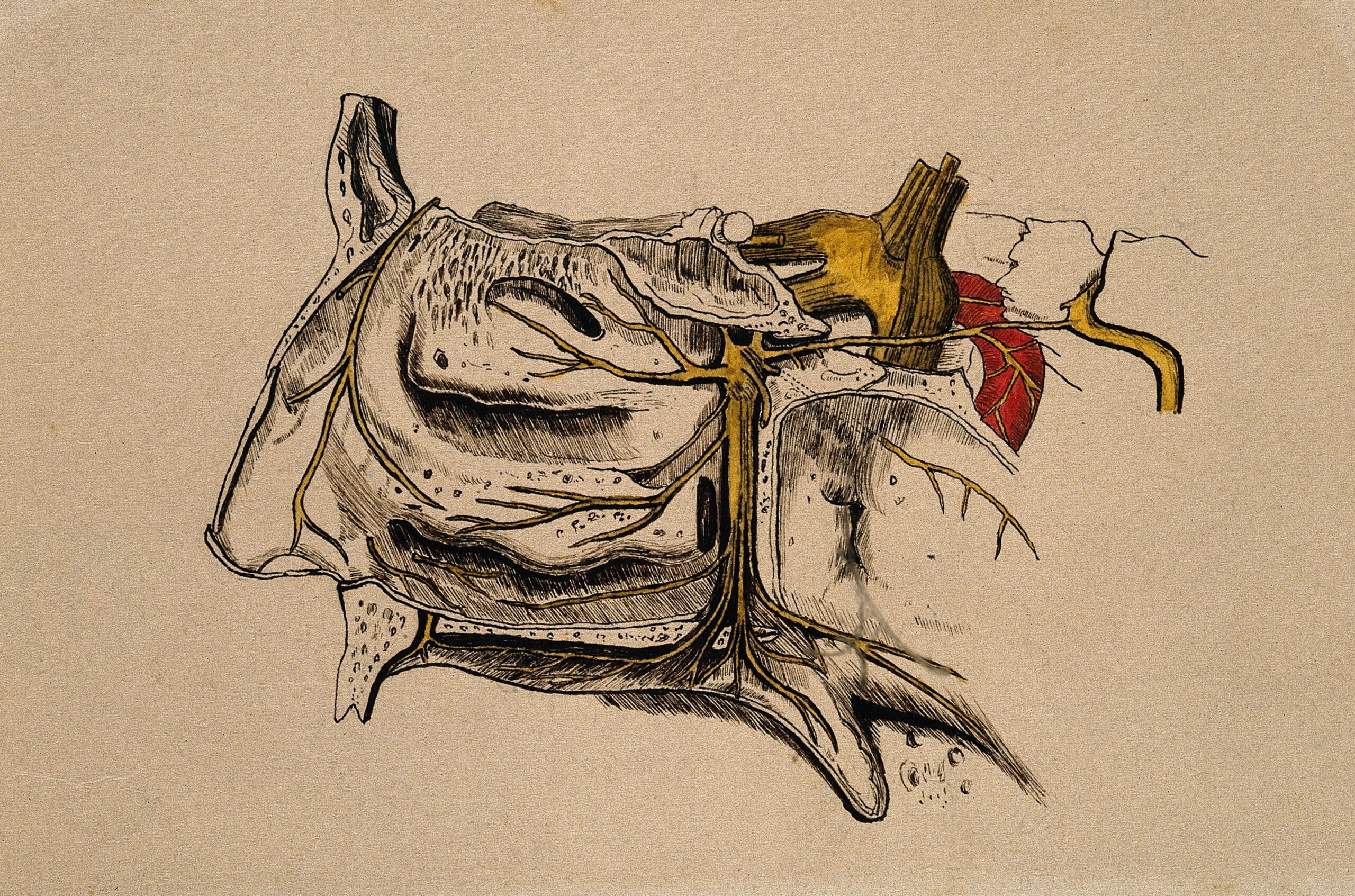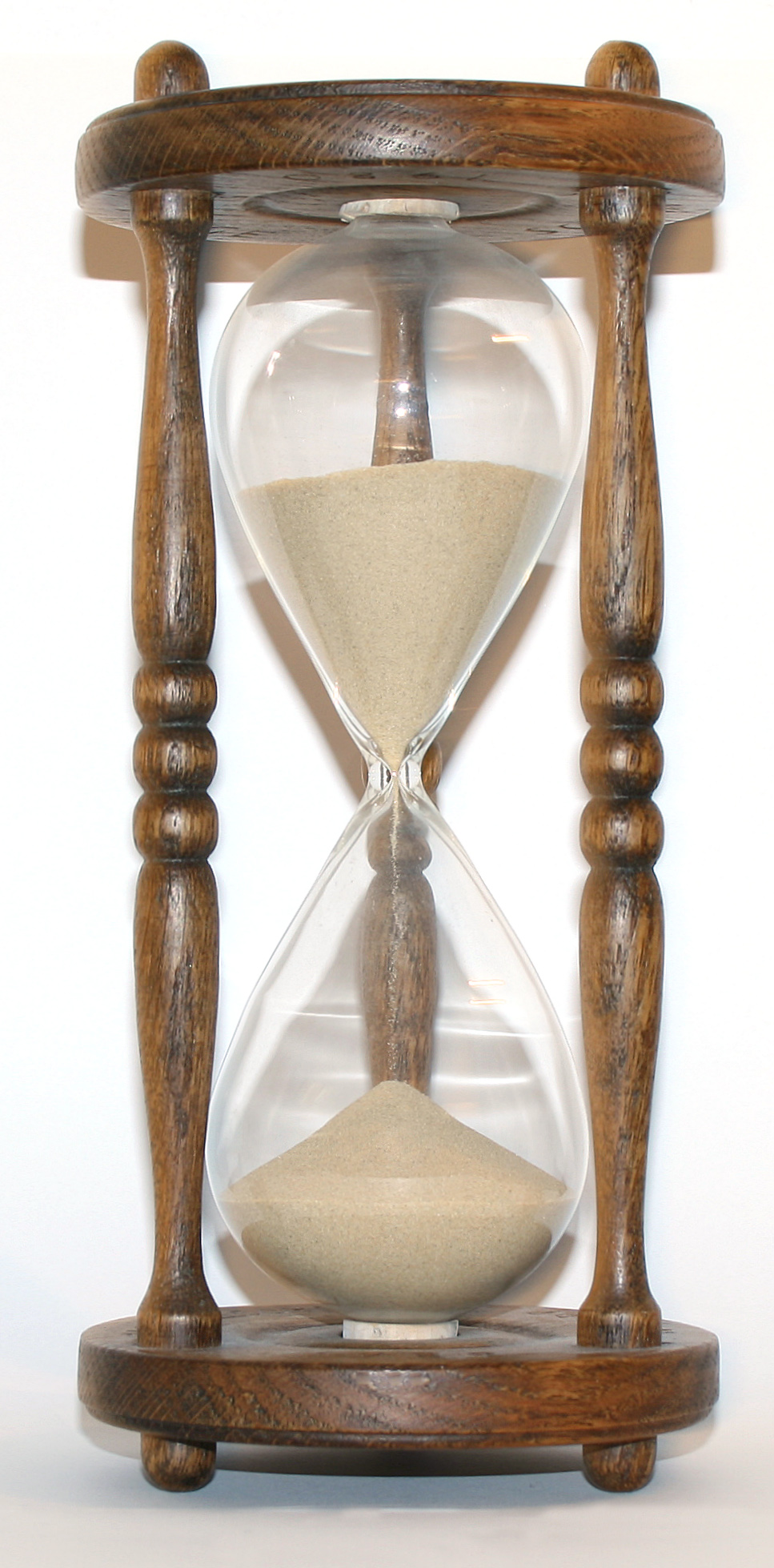If you have a friend or family member with a serious illness, you may want to help them out, but be at a loss for the best way. I can’t speak for everyone dealing with health problems, but these are the things people have done for me that have helped me most, and made me feel loved and encouraged.
Asking for help is hard, but accepting help is much easier. So instead of saying “Let me know if you need anything.” I recommend making a specific offer.
Last spring was especially difficult for me, so when a friend offered to cook dinner, I was incredibly grateful, and that feeling was compounded when I saw how much effort she put into it. She asked for a list of my food restrictions and preferences, and put together an amazing meal – main course, side dishes, and dessert. And she made lots of everything, so I had leftovers to enjoy as well. Trying to cook a healthy meal while dealing with fatigue is a big challenge (there’s a strong temptation to have a bowl of cereal and call it a day), so having that burden lifted for a few days was a wonderful gift. Not a cook? Consider bringing by take-out or a restaurant gift card.
Shopping for groceries is also intimidating when just getting through the day seems impossible. I have friends who call to ask if they can pick up anything for me when they go to the grocery store or the drug store. Knowing that a dozen eggs and some apples, or some much-needed tissues, are going to appear at my doorstep can be a remarkable relief on some days.
If a trip to the grocery store seems daunting, imagine how shoveling snow looks! During one of the big snows last winter, my boyfriend was out of town. I was on my own as far as shoveling the driveway went, until a neighbor came over with his snowblower, and cleared my driveway and sidewalk in just a few minutes, without even asking. I almost cried. Mowing grass or raking leaves will inspire the same deep gratitude (as will indoor chores like cleaning and doing laundry).
Some chores can be put off for a while – cleaning the bathroom, vacuuming the living room, doing the dishes. But dogs have to go out a few times a day, every day. If your friend has dogs, offer to walk them – not only will your friend be thankful, the dogs will be, too.
While I don’t have children, I know from my experiences as a babysitter and an aunt how tiring it can be to take care of them. Taking on childcare tasks can give your friend a much-needed rest, and their children some time to be normal kids, away from the ever-present atmosphere of illness. My friends with kids recommend a trip outside the house – to a park, a museum, a movie. And interactive gifts for the children, to help keep them occupied at home, are also high on the list; consider bringing over art supplies or building toys.
The above are all practical suggestions, but sometimes a social visit can be equally heartening. A serious or chronic illness is very isolating – people with them often have scaled back their social lives and their work lives, and it can get lonely. So go for a visit. Talk if your friend needs to be distracted, listen if they need to vent. If you’re not nearby, you can call, email, or write. Just knowing that I’m in someone’s thoughts makes me feel less lonely.
Have suggestions for other ways to help? Leave them in the comments!













